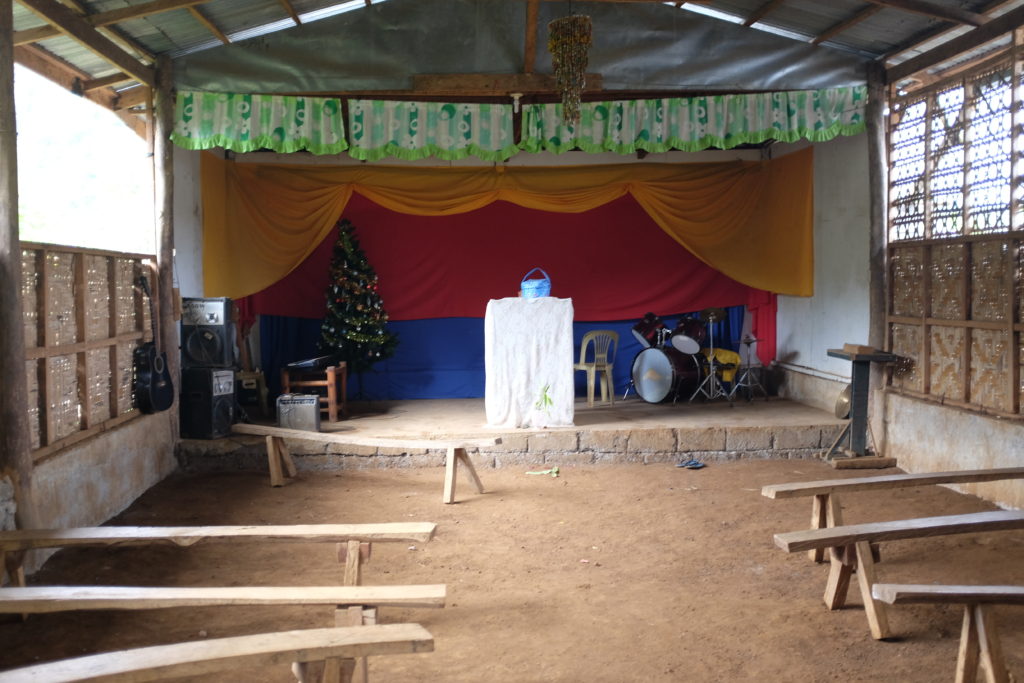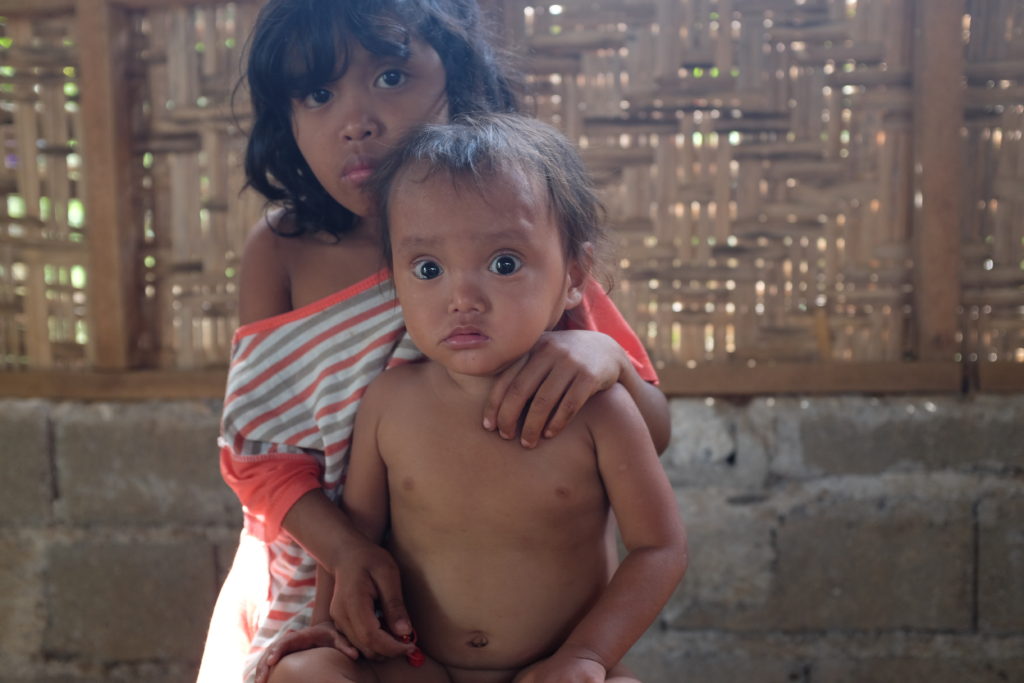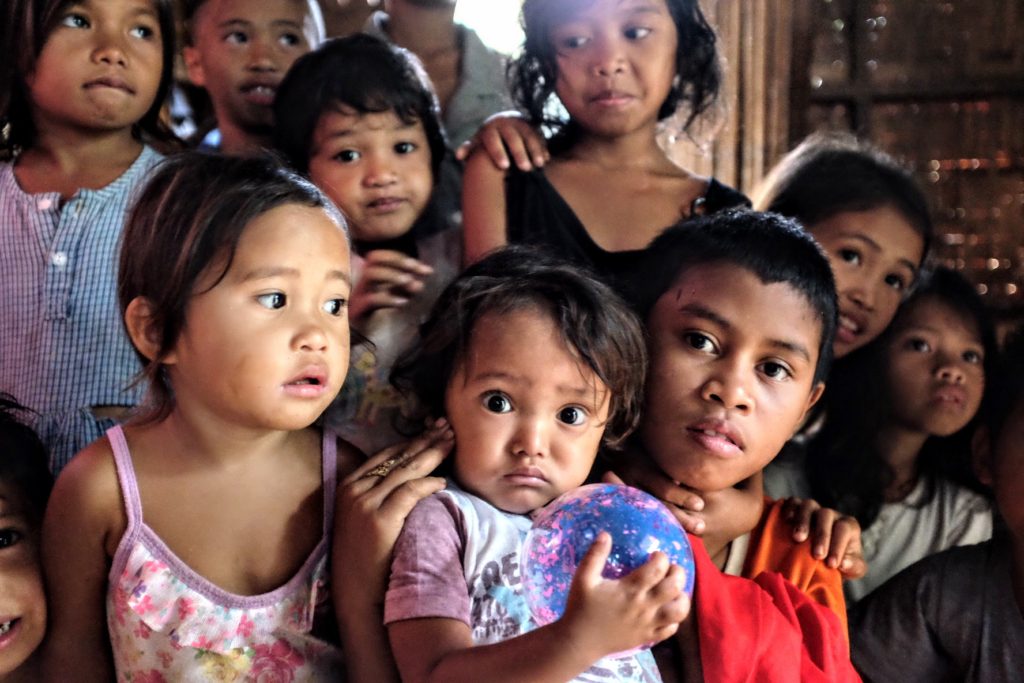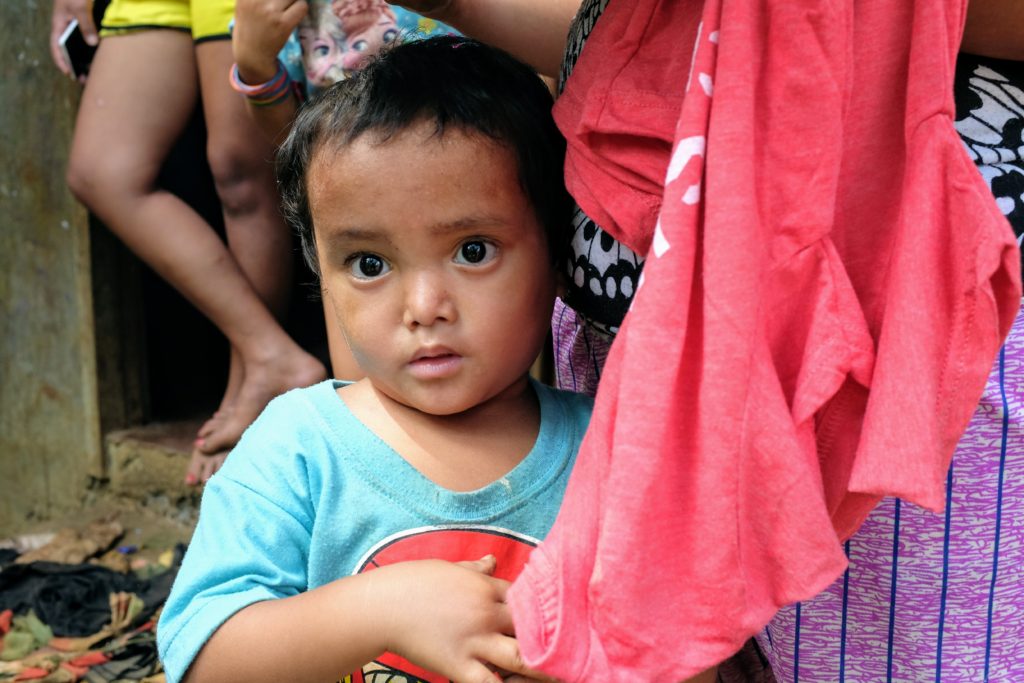Let’s go low. In my book I call it “reverse scale” and you can read all about it, the temptations of scale luring us from all sides, and why we might want to consider alternatives to “grow or die.” You have an idea? Everyone wants to know “will it scale?” suggesting that an answer in the negative diminishes its value. I suggest turning the scale pyramid upside down and propose that we ask ourselves “will this project or idea help just one person, or perhaps will it change me?” What do I mean by “go low”? You’ll see in the next paragraph. I try to use reverse scale to keep me tethered to my vocation. My trip this past week in the Philippines sourcing our cocoa beans is an example and one I would add to others in the book. I use this practice to return to my true self, to reorient my soul and point it in the right direction. Toward meaningful work.
The setup to my story is best illustrated in two of my Facebook posts.
Facebook Post – January 2016 -One final picture from my trip this past week to Davao: this church. It’s across the road from one of the small cocoa farms we work with. Dirt floor, wooden benches, drum set, guitar and an amp. The poverty surrounding the church would break your heart. It did mine. I’ve probably seen 100 churches like this. Without fail, I am always moved when I step inside. No exception this week. Something happened inside the church and I will write about in greater detail later. Jesuit Priest and author Father Greg Boyle talks about meeting Jesus in “low places.” This place was one of those and I’m thankful to have experienced it.


That’s what I mean by “go low.” I remind myself to seek out the low places so I can have the greatest chance of encountering the Divine.
Facebook Post – January 2017 – Back from Davao with one final post . . . His name is Justin. The little boy in the center holding the ball. He will be 4 in September. I met him last year on my trip to Davao. I’ve seen a lot of poverty over the years up close and personal here at home and abroad. There are times, albeit fewer than you’d imagine, when someone catches your eye and breaks your heart. One reason that it doesn’t happen more frequently is that I might just be a heap of tears on the ground if I let it penetrate me more often. So I see tragedy and move on. Not with Justin. He lives across the street from a farmer where we buy beans. I happened to stop at a tiny church about 20 feet from his “house” last year. I saw him when I got out of the truck. Justin had a distended belly, bulging eyes, a gunky runny nose, no clothes on, no parent around just siblings. He was clearly sick and extremely malnourished. For some mysterious reason he looked at me and in a split second I connected with him. A few minutes later I was in the nearby empty bamboo church with a dirt floor and turned around and there he was sitting on the pew with his sister. It kind of freaked me out. It was almost as if he just appeared there. I went about my business touring the farm across the road but could not get him out of my mind.
One of my hosts, Mimi, agreed to look in on him for me and help me. I came home and my friend Dr. John Waites did a Skype “exam” of Justin. It was made possible by Mimi bringing Justin and mom to a decent internet connection. We then bought him a bunch of fortified infant formula which mom agreed to make sure he received. One of our employees, Dina, was traveling home to Davao the following month. She brought him a ton of Dr. Kerri Mcdaniel Miller‘s wonderful re:iimmune product. Mimi continued to check on him and he was improving.
I brought him a little t-shirt and plastic ball and more infant formula. He loved that little ball and would not let it go. The bottom line is that he is much improved. It’s true that he is just one of hundreds, if not thousands of children, within a few mile radius in the same circumstance. So why him, why only help him? Well, the only thing I can say is that he looked at me and somehow pierced my heart unlike anyone else on any of my other trips. In some ways, upon reflection, I think it was God looking at me through Justin’s eyes.

I saw him for a 3rd time this past week. He lives just a couple of miles from Baguio Central Elementary where our school lunch program will be starting its 3rd year soon. It’s also just a few minutes away from our cocoa bean fermentation and drying facility. One tiny experience in 2016 in this remote place on the planet has provided me with a thread that I can hold on to and use to keep coming back to sew one more stitch in the patch of who I am, my true self.
Justin continues to improve. There are still some health issues but without a doubt he’s getting better and better. I brought him a few gifts this week that I am sure he will share. Also bought him some more fortified milk.
A common way to see this story is the almost unbearable recognition that the destitute poverty in this place is so overwhelming that the insurmountability of it leaves us paralyzed. We think to ourselves “I want to do something, but it’s too much” and defeated we do nothing. We conclude that it’s so desperate that helping one person might even be wrong because “what about the others?” You see all of Justin’s siblings in the photo and they are just as deserving of any tiny help I might offer.
Remember, I have not purchased food for life for Justin, I did not find his family a new house, I did not offer to pay for his college, I did not do anything monumental. What I did do is visit him three years in a row after his eyes locked on to my heart. In doing this little thing year after year I am sending this message to Justin and perhaps his family: I see you, I care about you.
Jean Vanier, Catholic theologian, author, and founder of L’Arche, the international federation dedicated to the creation and growth of homes, programs, and support networks for people who have intellectual disabilities, would have something to say about this. He would say that in the face of this sorrow we can go deeper within ourselves in silence and solitude to become men and women of peace. In other words, these real life human experiences cause us to deepen our own interior lives which bring about change in us. He points out that in the seeming hopelessness we can help just one person and remind ourselves that the strong need the weak so we can see our own poverty. So we can become human. And “help” may mean simply listening with full presence. Vanier would say that in helping the Justins of this life we are little lamps together forming a brighter glow in community with thousands of others doing the same thing. That is true sustainability.

Near the end of our visit, out of the blue, Justin’s mother asked us if we could help her become a cocoa farmer. She has no job now and really no way to support her family. She has access to land, she said, as an Indigenous Person, and seedlings. Our lead farmer partner, Peter, was with us and he gave her his word that he would assist her in this goal. Who knows where this will lead but rest assured I will follow up and see what I can do to help in her endeavor.
- Who is your Justin?
- Can you think of a time when you talked yourself out of an idea because it was not “big enough” in the eyes of our turbocharged culture of grow or die?
- Can you imagine how a thread of reverse scale in your life can keep you tethered to your vocation, the thing that called you to the work you loved in the first place?
- Where are the low places you can intentionally go to seek out these tethers?
In a mashup of Boyle and Vanier I say we can find humanity and divinity in the low places of relationships, pain, sorrow, loneliness, poverty, regardless of religion. This is the place where we can see our true selves. It’s something we return to again and again throughout our lives not mistaking these encounters as the destination. No, they are only glimpses that give us the reminder “Oh, I see. This is who I am.”